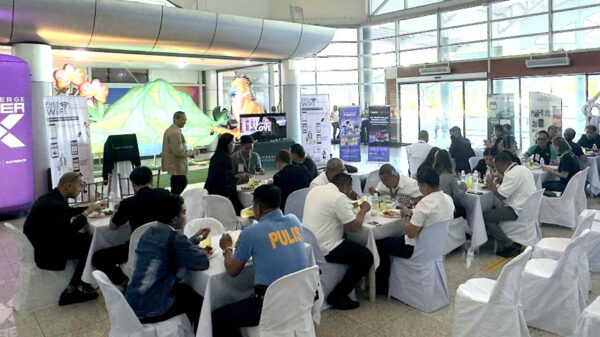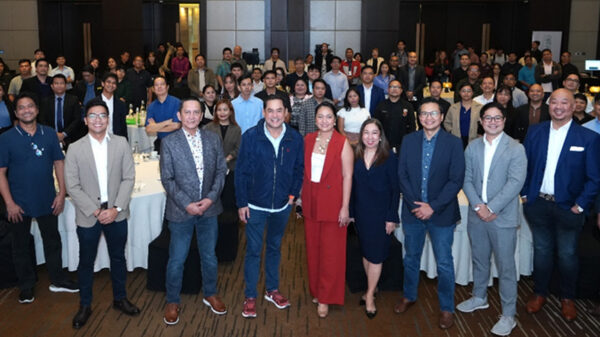Nowadays, businesses from the micro, small, and medium enterprises (MSMEs) sector and beyond are rapidly penetrating the internet, specifically e-commerce, to gain profit and audience.
According to a study by Modern Intelligence, the Philippines’ E-commerce market is expected to grow at a compounded annual growth rate (CAGR) of 14.1 percent and is now seen as one of the main drivers for economic growth.
However, it is crucial for retailers, even MSMEs, to be flexible and be adaptive to evolving business trends and consumer demands. One of the ways retailers can do this is through technology.
“Technology has redefined today’s ecommerce market. From the supply chain all the way to customer experience, technology now plays a major role in ensuring that retailers are able to provide the best service to their customers across a variety of platforms, including web, mobile and in-store. Ensuring the flexibility, adaptability and agility of the IT backbone across all areas of the retail business is a must for businesses to have a competitive advantage,” said Pamela Albar, Associate Director for Channels & Enterprise Sales, Vertiv Philippines.
Here’s how retailers can harness technology to transform their businesses:
Enable retailers to be more agile. The e-commerce industry is fast-moving, and retailers must be agile when they enter the market. The idea of agility is the ability of a business to quickly add new features and functionality that will allow them to support the consumer’s demands and enable a more streamlined process.
When retailers embrace agility, they are giving their businesses a better chance in a competitive industry with speed, flexibility, and continuous improvement in mind. They can do this by embracing modern applications and innovation solutions or infrastructures like Vertiv’s point-of-sale (POS) and desktop solutions that ensure reliable and secure checkout connectivity or keep their security and emergency systems running. They can integrate technologies like desktop uninterruptible power supply (UPS), network closet or small room solutions, and UPS for emergency systems offered by Vertiv.
Improves security to protect the customer experience. One of the biggest threats for retailers when entering the e-commerce scene is the massive risk of data leaks, malware, and fraud that can damage the brand’s reputation and processes. If things get out of hand, they can also experience massive business losses, such as lost revenue and customers.
Securing the IT backbone, including the hardware, can mitigate these attacks and improve the security of a business. It can also help retailers manage their network and simultaneously avoid data breaches on their classified and non-classified projects. Vertiv’s IT management solutions like Cybex™ secure desktop KVM, Vertiv™ Avocent® ACS console server, and IT management software can adequately fulfill these tasks.
Allow retailers to improve their performance. In the competitive environment of e-commerce, performance matters. If retailers do not improve their infrastructures, they risk experiencing network and customer data breaches and massive system downtime.
To protect their operations, they must fortify their IT infrastructure using Vertiv’s power, cooling, and monitoring solutions. This includes installing efficient UPS, thermal management, and rack distribution units. All these should be monitored with comprehensive service and technical support.
The growth retailers can experience when they enter the e-commerce scene is something they should take seriously. But as the industry continues to evolve, the pressure to keep up with it is there. That is why Vertiv is here to assist retailers, especially MSMEs, to expand and transform their digital solutions and help them be part of the change in the Philippine e-commerce industry.
As architects of continuity, Vertiv offers solutions that cover pre-configuring, pre-testing and pre-validating it against its unique requirements. It also provides cutting-edge, sustainable, and innovative solutions that improve the performance and scalability of data centers, communication networks, and other critical IT facilities.








































































































